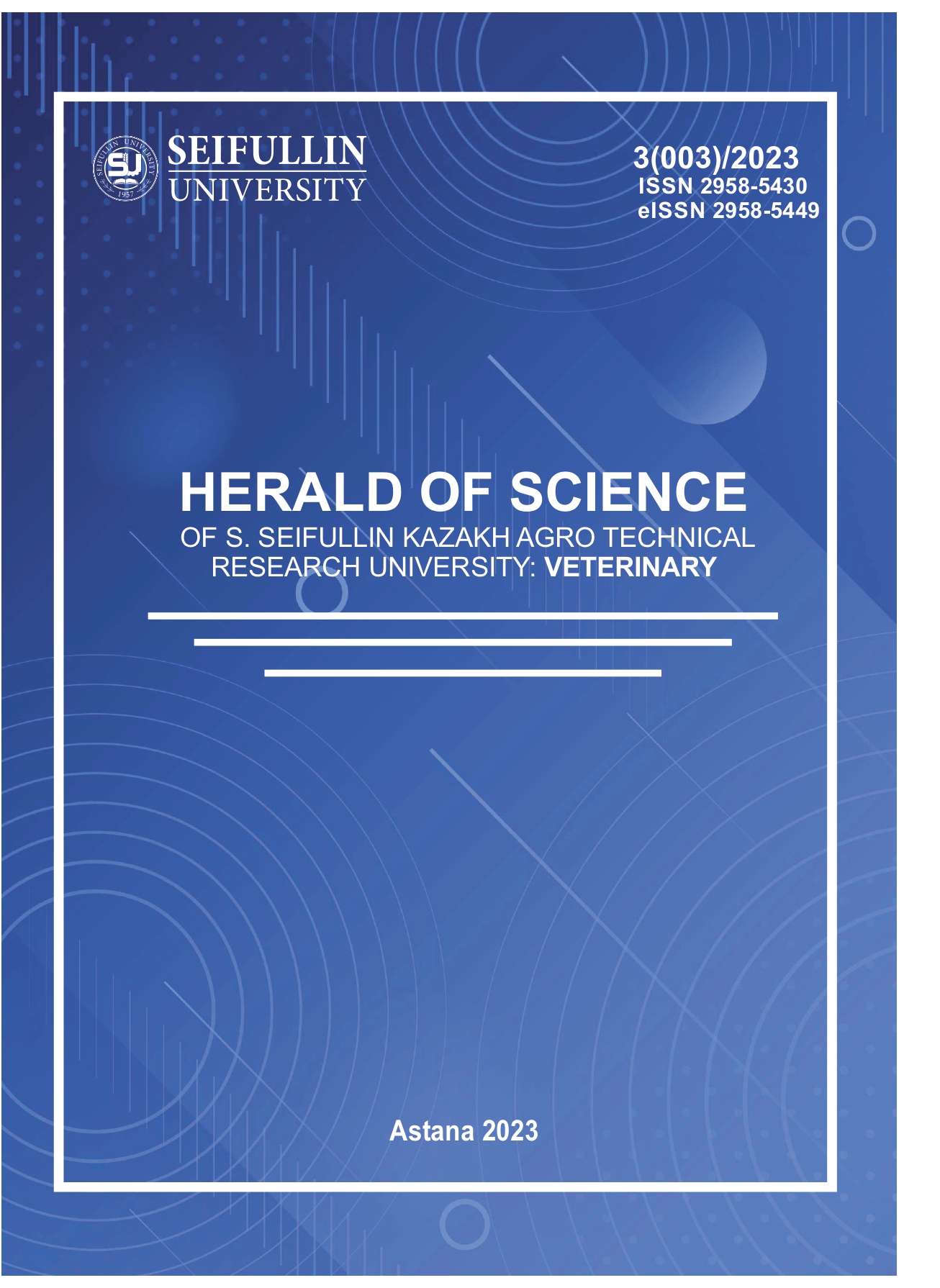EPIDEMIOLOGICAL MONITORING THE PESTE DES PETITS RUMINANTS IN THE REPUBLIC OF KAZAKHSTAN
DOI:
https://doi.org/10.51452/kazatuvc.2023.3(003).1501Keywords:
Epidemics situation; epidemiological monitoring; Kazakhstan; peste des petits ruminants; prevention; small ruminantsAbstract
Peste des petits ruminants (PPR) is a highly contagious viral disease of sheep and goats, as well as wild small ruminants, occurring mainly in acute or subacute clinical forms. PPR causes great economic damage to the small-scale sheep and goat farming and as the whole states. The article presents epidemiological monitoring and analysis of preventive measures carried out in Kazakhstan against PPR. The country’s territory is conditionally
divided into two safe zones (territories with and without vaccination). Specific PPR prevention is carried out in a safe zone with vaccination (buffer zone), which includes five regions and a city of republican significance (Almaty, Zhambyl, Zhetysu, Kyzylorda, Turkestan regions and Shymkent). In 2018-2022 from 3225570 to 6733974 sheep and goats were vaccinated in buffer zones annually. At the same time, vaccination coverage from the
total number of susceptible animals was 15.2-36.8%.
Planned monitoring diagnostic studies have confirmed the epidemiological well-being of the country in terms of PPR. Over the past 5 years, 86,830 serological and 482 molecular genetic studies have been conducted, with negative results in all cases. Serological monitoring of «risk zones of possible infection» for the presence of antibodies to the PPR virus in susceptible pets also confirmed the absence of infection in the studied territories.

